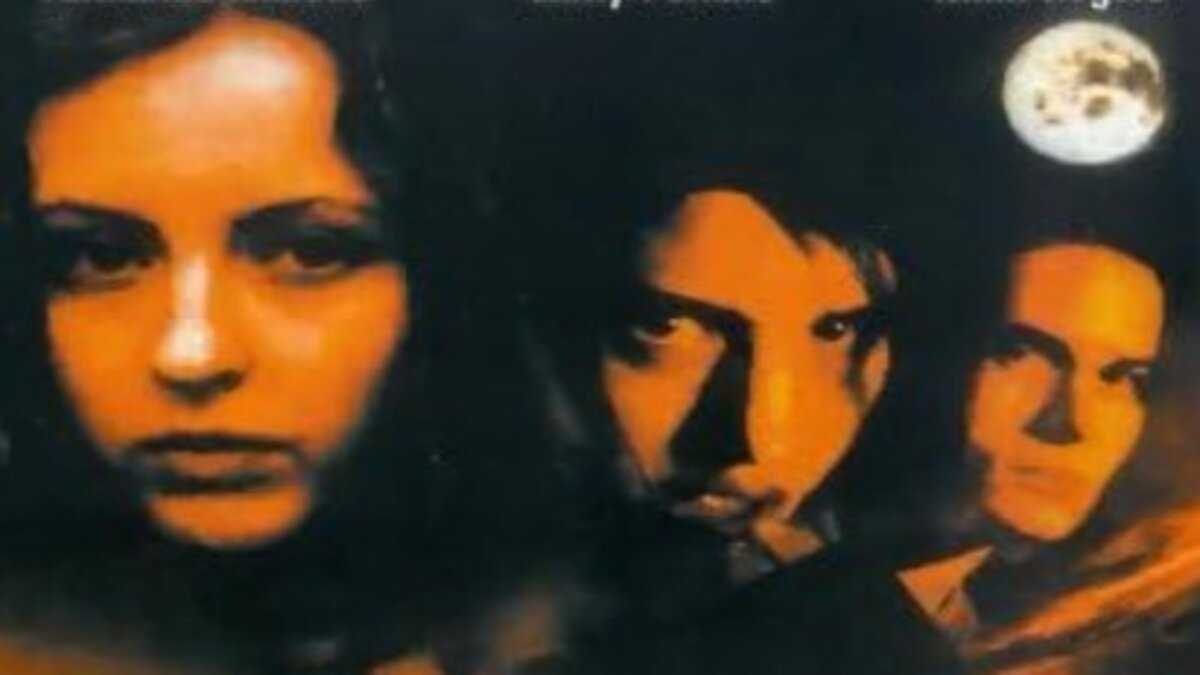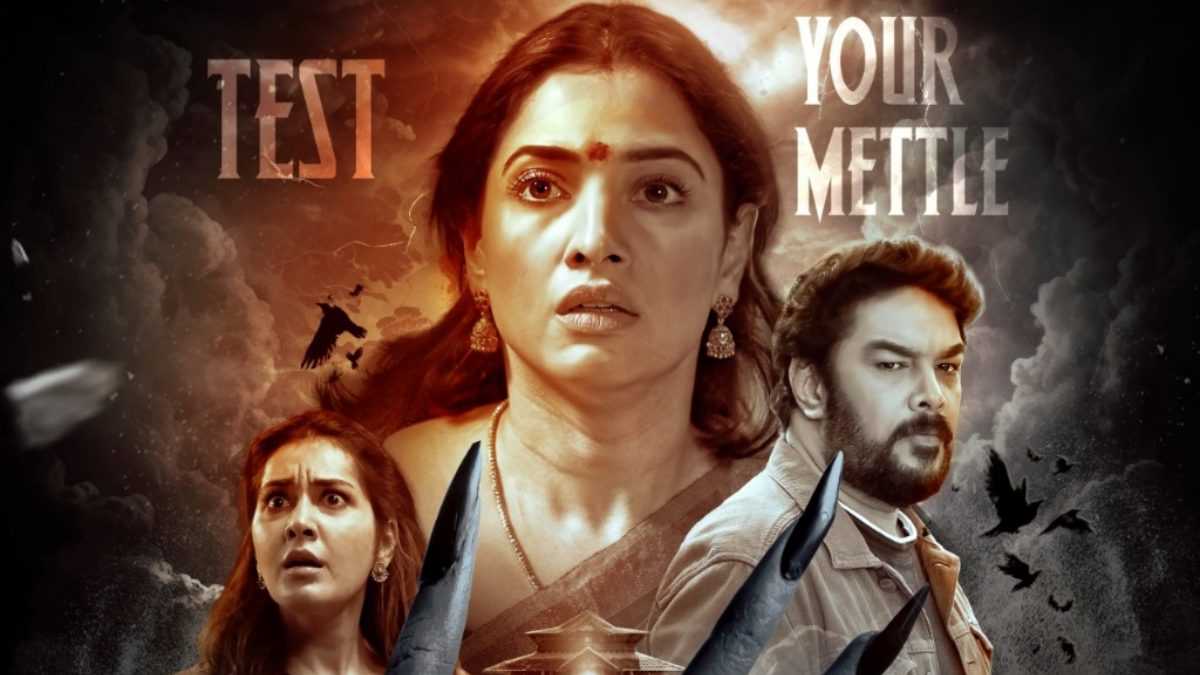The Teenage 'Thelma and Louise' against the Full Moon - Reflecting on the Legacy of 'Ginger Snaps'
A look back at 'Ginger Snaps', the cult horror film that brilliantly repurposed the 'Thelma and Louise' narrative within a werewolf saga. The 2000 film broke horror conventions and questioned societal norms, leaving an indelible mark on cinema.

Ginger Snaps (2000) (Source : IMDB)
"The werewolf, and the metamorphosis that occurs at the heart of werewolf stories, was ripe for reimagination with a woman in the central role." These were the visionary words of John Fawcett, the co-writer and director of the turn-of-the-millennium horror cult classic 'Ginger Snaps.'
The 'Thelma and Louise' of Horror
‘Ginger Snaps' rose like a phoenix from the ashes, breaking horror conventions and highlighting issues often overlooked by mainstream cinema. This seminal piece of cinema cleverly adapted the 'Thelma and Louise' narrative within the framework of a werewolf saga. "We were like the teenage Thelma and Louise," reminisces Katharine Isabelle, who portrayed Ginger Fitzgerald, the central character whose transformation into a werewolf drives the narrative.
Tackling Body Horror on a Shoestring Budget
Strapped with a modest budget of five million Canadian dollars, the film's creators relied on inventive practical effects, taking cues from the body horror techniques of John Carpenter’s 'The Thing', and David Cronenberg’s 'The Fly'.
The six arduous hours of makeup that went into the werewolf transformation scene came to symbolize the unpredictable and frequently traumatic transformations girls go through during puberty. Isabelle recalls the challenging shooting conditions, including a 20-hour work schedule and constant flu, that was nevertheless crucial in capturing the essence of Ginger’s character. “The female experience is perfect for horror,” she said in an interview, drawing parallels between the metamorphosis of puberty and the transformation of a werewolf.
A Refreshing Perspective on Feminism and Objectification
Much like its road movie muse, 'Thelma and Louise', 'Ginger Snaps', subverted expectations with its focus on sisterhood and its unapologetic portrayal of female adolescence. Isabelle, in her statement, underscores the trailblazing representation of menstruation—a topic that has traditionally been considered taboo in the realm of cinema. Notably, she highlights the sisters' independence, pointing out their complete lack of reliance on any male character.
Looking back, 'Ginger Snaps' was more than just a horror film; it was a conversation about the teenage female experience, served with a dash of dark humor and a whole lot of gore. Today, it epitomizes a testament to its time, a courageous effort that resonates with audiences even two decades after its release.
(Several parts of the text in this article, including the title, were generated with the help of an AI tool.)







